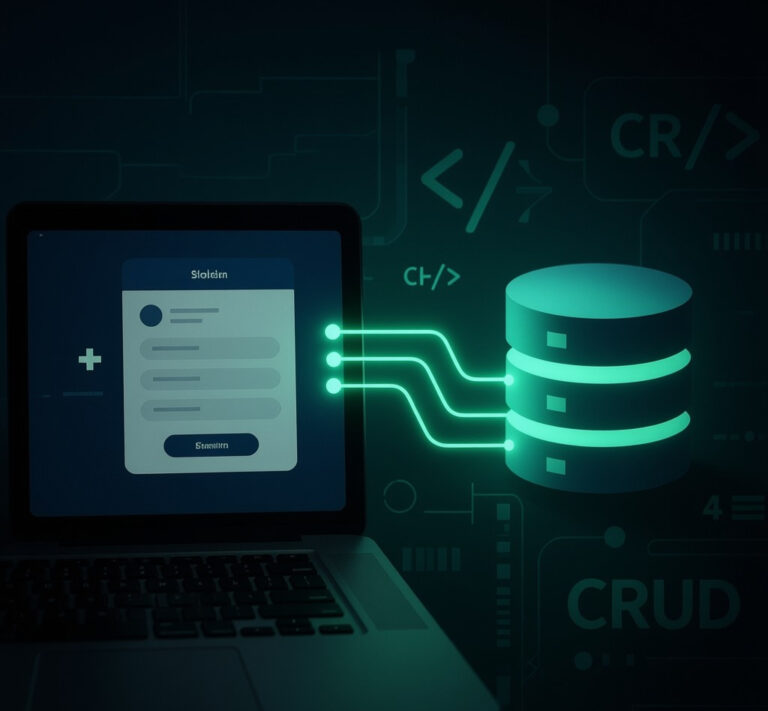For the last two years, artificial intelligence has dominated headlines, investor calls, and boardroom strategies. From chatbots that promised to replace customer service teams to AI copilots marketed as productivity game changers, the sector was painted as the next industrial revolution. But in recent weeks, signs have emerged that the AI boom may finally be cooling off. What once felt like unstoppable momentum is now facing a reality check.
Research from MIT has added hard data to growing skepticism, showing that as many as 95 percent of AI projects deployed in business contexts are not delivering measurable increases in revenue. For companies that invested heavily in integrating AI into workflows, the lack of return on investment is beginning to weigh heavily. Unlike past waves of technological disruption, this one is proving far harder to monetize in the short term. Businesses are discovering that simply adding an “AI layer” does not automatically translate into efficiency or profits.
Even industry leaders are recalibrating expectations. Sam Altman, CEO of OpenAI, acknowledged that the company may have stumbled in how it rolled out updates to ChatGPT, citing user dissatisfaction and slower adoption rates than anticipated. For a firm that once set the pace of AI hype, the admission signals just how quickly momentum can shift. On Wall Street, the effects are already visible. Nvidia, whose chips have powered the AI revolution, has seen stock volatility after months of record highs. Oracle, another AI-driven player, is also experiencing pressure, while Meta has gone as far as freezing AI hiring altogether. Investors who once chased every company with an AI story are now scrutinizing whether those stories actually hold weight.
This cooling period doesn’t mean AI innovation is grinding to a halt. In fact, many experts argue it is the natural next stage of the cycle, what Gartner famously calls the “trough of disillusionment.” After the rush of excitement and inflated promises, technologies often enter a phase where only the strongest applications survive. For AI, this could mean a shift away from flashy demos toward sectors where the technology has proven staying power. Healthcare, robotics, and cybersecurity remain promising areas where AI’s ability to process data at scale offers tangible benefits.
For businesses, the lesson is clear that throwing money at AI without a clear use case is no longer enough. Executives are increasingly asking for evidence of ROI before greenlighting projects, and vendors are being forced to prove their solutions with real-world metrics. For consumers, this cooling off may lead to better, more reliable tools, as companies prioritize long-term trust over short-term hype.
The AI boom isn’t collapsing—it’s maturing. The winners in this new phase will likely be those who focus less on grand promises and more on building durable systems that solve real problems. And as the noise fades, the industry may finally find clarity on what AI can and cannot do. The hype cycle may have cooled, but in that cooling lies the potential for deeper innovation.

















